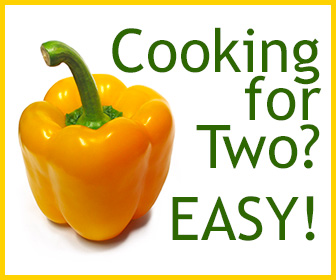Visual Cues and Portion Control
In a study funded by pistachio growers, researchers at Eastern Illinois University theorized that seeing the proof of one's previous consumption (in the form of chicken bones, crab shells, multiple drink cups or food wrappers) might make people more aware of how much they had already eaten - leading to less intake overall (Appetite 2011;57(2):418-420).
As you might expect, they used unshelled pistachios as the test food. The researchers recruited 118 university faculty and staff to participate in the study, which lasted just three days: two test days split by a non-testing day.
On each testing day the test subjects started their day with 4 ounces of unshelled pistachios in a 16 ounce bowl, along with an empty bowl in which they were instructed to leave the empty shells of the pistachios they ate. Every two hours the researchers checked the bowls, and if the bowls were at least half empty, they gave the subjects an additional two ounces of pistachios.
On one of the days, half the subjects had the bowl of empty pistachio shells emptied every two hours. For the other half of the subjects, the bowl was not emptied until the end of the day. For the second day of testing, the two groups of subjects switched and those whose bowls had been emptied more frequently had the bowl only emptied at the end of the day, and vice versa.
Although the researchers told the participants that they were testing different varieties of pistachios, they actually were looking at how many pistachios they ate. They found that those who could see their empty shells pile up over the course of the day ate fewer nuts - only an average of 216 calories of nuts, compared to 246 calories of nuts when the empty shells were taken away every two hours.
What this means for you
Even though this study was funded by pistachio growers and is a fairly small study of very short duration, the findings are interesting: the researchers see this as evidence that visual cues of how much has already been eaten may influence how much you eat. That may be true, but this only applies when you are free to take more of something. Better to take a certain amount, eat it and be finished: planning ahead for portion control is far more likely to work than counting on the evidence of how much you've eaten already to tell you to stop.
First posted: July 27, 2011




